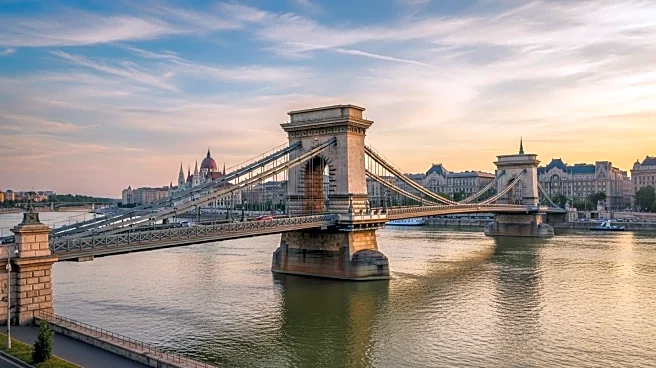Warsaw, the capital city of Poland, has experienced numerous historical milestones that have shaped its development and lasting impact. From its origins as a small fishing town to its status as a major urban center, Warsaw's journey through history is marked by significant events and transformations.
Early Milestones
Warsaw's early milestones include its rise to prominence in the late 16th century when King Sigismund III moved the Polish capital from Kraków to Warsaw. This decision marked the beginning of Warsaw's journey as a central hub of political and cultural activity, influencing the course of European history.
Breakthrough Moments
Throughout its history, Warsaw has experienced several breakthrough moments that have shaped its development. The city's role as the capital of the Polish-Lithuanian Commonwealth and its transformation during the Napoleonic Wars are significant milestones. The Industrial Revolution brought a demographic boom, further solidifying Warsaw's status as a major urban center.
Recent Developments
In recent years, Warsaw has continued to evolve and adapt to changing circumstances. The city's architectural diversity, from medieval structures to modern skyscrapers, reflects its ability to blend tradition with innovation. Warsaw's status as a major urban center and its influence on European history continue to be significant.
Lasting Impact
Warsaw's lasting impact is evident in its status as a major urban center and its influence on European history. The city's resilience in the face of adversity, particularly during World War II, has inspired generations and contributed to its reputation as a symbol of strength and perseverance. Warsaw's ability to rebuild and thrive after significant destruction serves as a powerful example of urban resilience.
 Discover Daily • 8 min read
Discover Daily • 8 min read 











